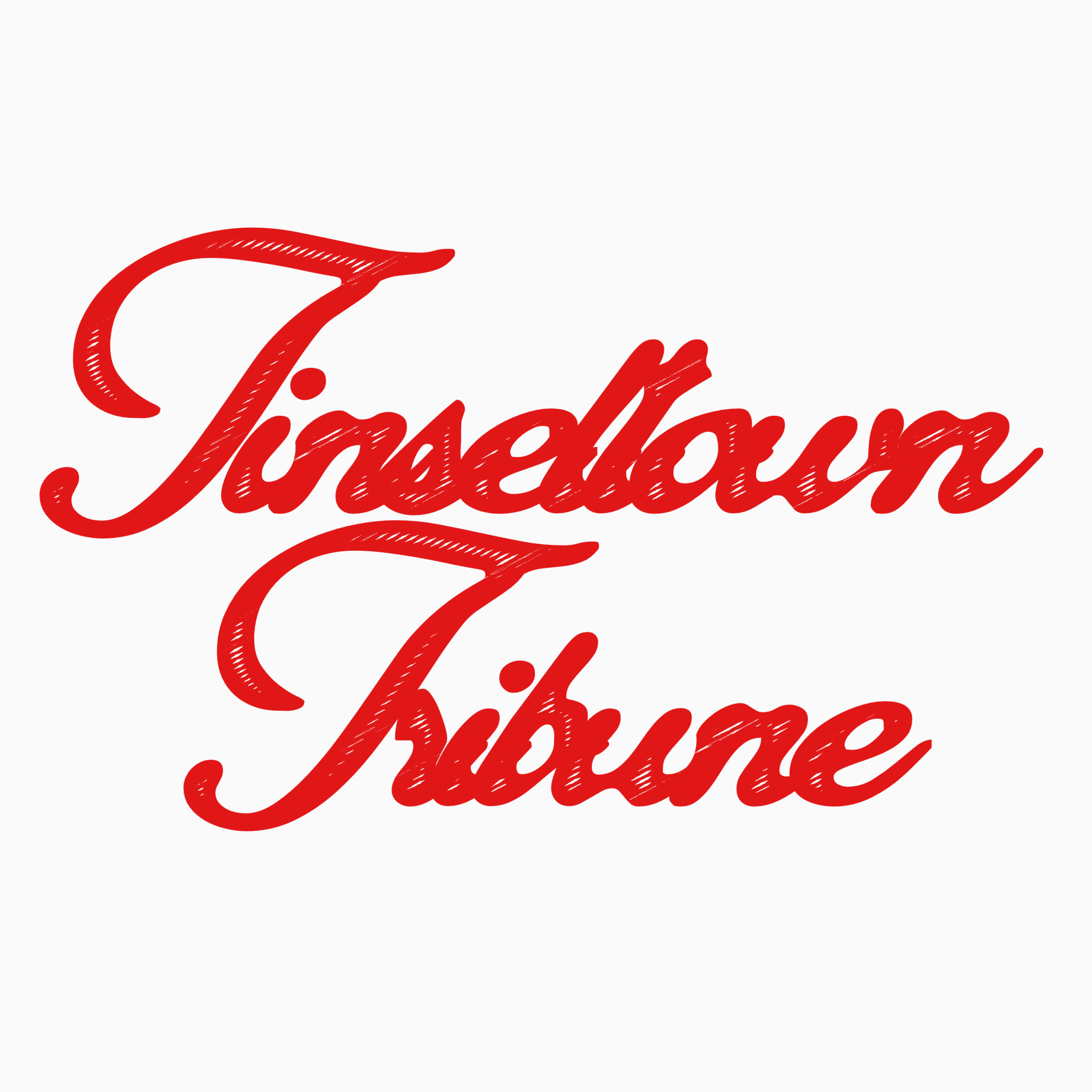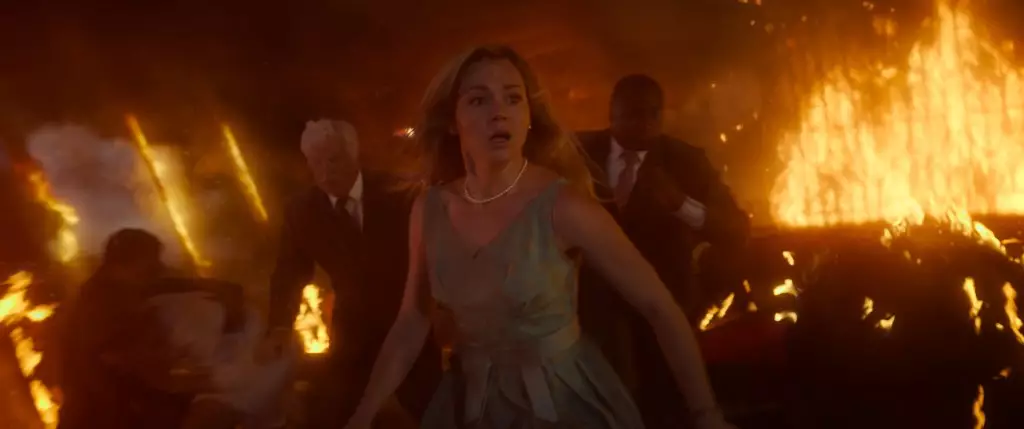The resurgence of horror in cinematic offerings is exemplified by Warner Bros’ release of “Final Destination: Bloodlines,” marking a significant return after a 14-year hiatus for the franchise. As the first sequel in a quarter-century-old series, Bloodlines has garnered remarkable anticipation, projected to open at a stunning $35-40 million across 3,400 theaters in the U.S. This figure is not merely a statistic; it reflects the potent blend of nostalgia and intrigue that the franchise wields. Historically, the franchise’s prior installments have amassed upwards of $666 million globally, making this re-entry not just a box office gamble, but a pivotal moment for horror enthusiasts.
The film’s narrative architecture resonates deeply with its audience, tapping into elemental fears and collective experiences. Directed by the innovative duo Zach Lipovsky and Adam B. Stein, Bloodlines promises to delve into the psychological complexity of escaping death—a perennial theme that entices viewers. By centering the story on a college student plagued by violent nightmares, the film reconciles youth anxiety with horror, thus ensuring its appeal across generational lines. The anticipation amongst female viewers under 25 is particularly noteworthy, as it reveals a shift in audience engagement often overlooked in horror marketing strategies.
The Mechanics of Fear and Cultural Relevance
At its core, the “Final Destination” franchise thrives on the notion of premonitions and inevitable doom. This primal fear of death manifests through creatively orchestrated scenarios that often render the ordinary nightmarish. In Bloodlines, the protagonist’s desperation to break a curse highlights an important theme: the struggle against uncontrollable fate. Such narrative arcs serve not only to entertain but to explore deeper philosophical questions about life, mortality, and human agency.
Moreover, the film’s reception, reflected in its remarkable Rotten Tomatoes score of 93% certified fresh, indicates a critical acknowledgment of its craft. The intertwining of horror with social commentary is not merely a convenient narrative device; it serves a larger purpose in reflecting societal anxieties and providing cathartic experiences for its audience. In a world fraught with uncertainty, Bloodlines does more than merely scare; it encapsulates our fears while inviting us to confront them.
The Broader Horror Landscape and Emerging Trends
While Bloodlines dominates headlines, it is crucial to recognize the broader landscape of horror cinema that is thriving alongside it. Not far behind, Warner Bros’ own “Sinners,” featuring Michael B. Jordan, is maintaining momentum at the box office, anticipated to bring in around $15.4 million this weekend and securing a total around $270 million domestically. This demonstrates a compelling trend: audiences are not merely seeking thrills but are drawn toward complex and multifaceted narratives that horror can offer.
As for Disney’s “Thunderbolts,” its more traditional marvel flair is poised for a softer drop, expected to reel in approximately $19 million. However, the shift in box office dynamics is indicative of changing consumer preferences, which appear to be leaning toward innovative storytelling. The appeal of horror is transcending conventional expectations, and audiences respond vigorously to films that not only entertain but also provoke thought and dialogue.
The Weeknd’s Cinematic Ambitions: A New Frontier
In an exciting development, The Weeknd (Abel Tesfaye) is harnessing the anticipatory energy of his sold-out tour to release his film, “Hurry Up Tomorrow.” Tied to the zeitgeist of music and performance, this independently financed title seeks to explore unique intersections of art and commerce. While early projections suggest a modest opening, the impact of the film will likely extend beyond box office figures, serving as an innovative model for musician-driven narratives.
The upcoming screening, set to precede the extravagant “After Hours Til Dawn” tour, showcases the changing tides of entertainment where boundaries blur between music, cinema, and experiential engagement. Engaging audiences through mini-concerts and connecting directly with fans exemplifies the evolving marketplace, making films more than just a visual experience but a shared journey.
The horror genre is on the cusp of a renaissance characterized by its ability to mirror societal fears while incorporating fresh, relatable perspectives. With the impending arrival of Bloodlines and the ambitious projects by creators like The Weeknd, the fervor surrounding these narratives indicates that horror is not merely surviving; it is thriving, continually reshaping its role in the cultural landscape, and reminding us of its power to captivate and challenge.

